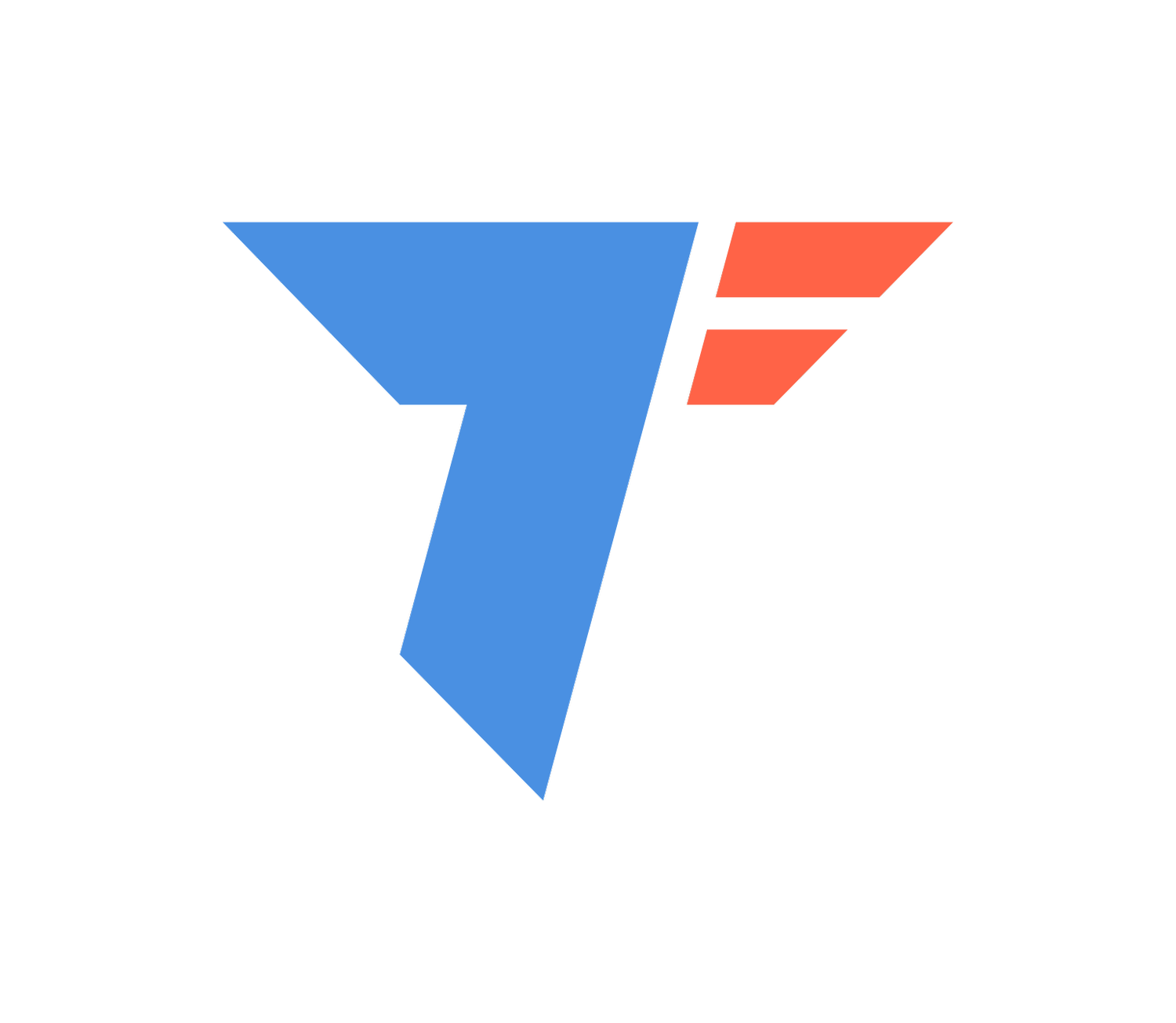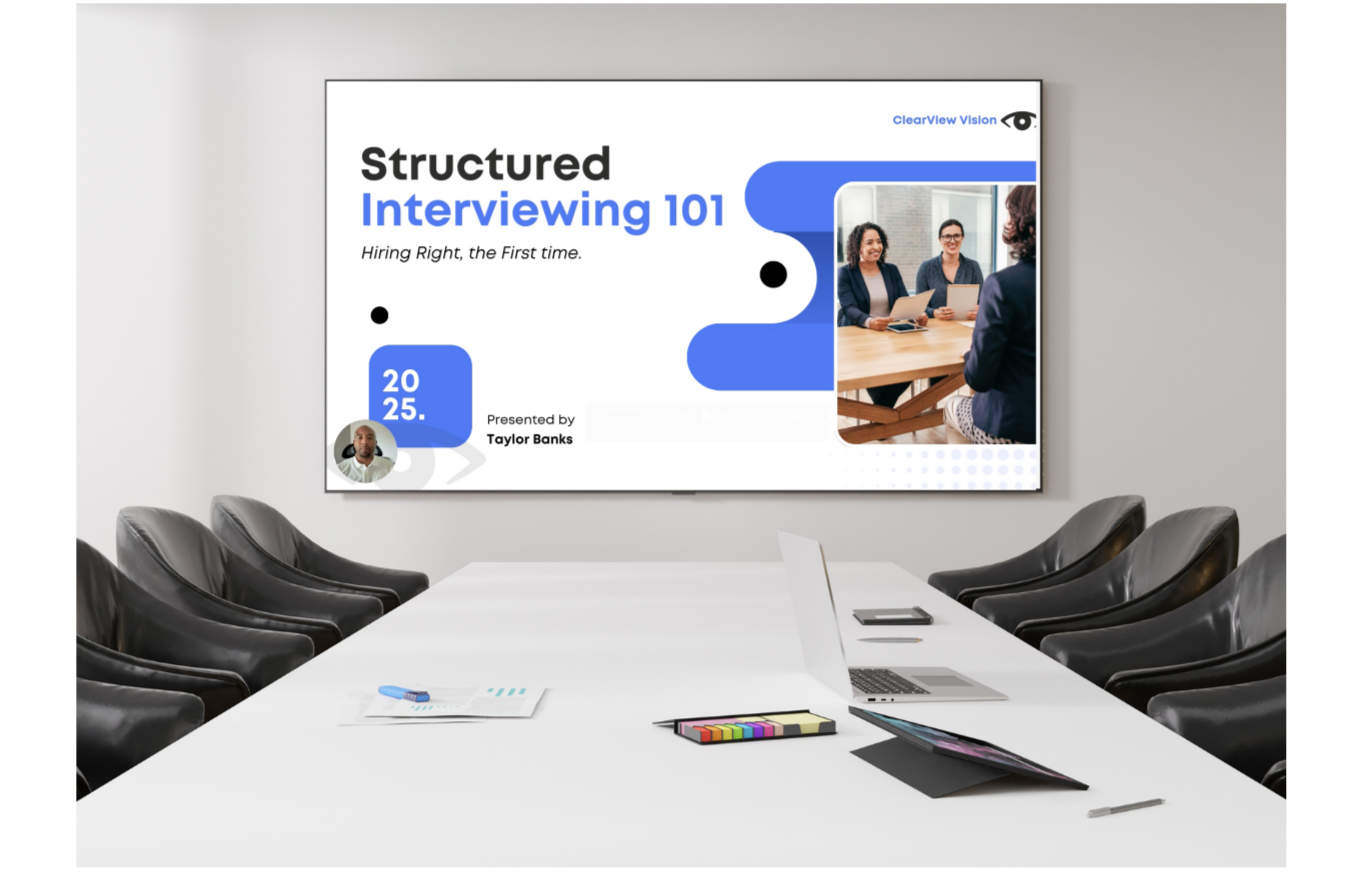virtual instructor-led training (vILT)
This 30-minute virtual instructor-led training (vILT) introduces hiring managers to the structured interviewing process, emphasizing consistency, fairness, and legal compliance. Designed to be engaging and practical, the session combines instructional content with scenario-based activities that help managers understand and apply structured interviewing techniques. This training is suitable for both new and experienced interviewers.
structured interviewing 101: Hiring Right, the first time
-
Hiring managers and interview panelists at a mid-sized healthcare organization with limited formal training in equitable interviewing practices.
-
Instructional Design
Facilitator
Scenario Writing
Graphic Design
E-Learning Producer
Content Developer
-
Canva
PowerPoint
Microsoft Word
The Problem
Many organizations rely on unstructured interviews as their default hiring practice—where interviewers ask inconsistent questions, improvise evaluations, and fail to document decision-making clearly. This leads to unpredictable hiring outcomes, potential bias, and even legal liability. Despite good intentions, many hiring managers lack formal training on how to structure their interviews to ensure fairness, consistency, and alignment with organizational goals.
In my experience as a recruiter and training specialist, I often observed how inconsistencies in interview practices caused confusion among panel members, led to missed red flags, and complicated the selection process. Without a shared framework, managers defaulted to "gut feeling" rather than job-related criteria. There was a clear need for a brief but targeted learning intervention that equipped managers with a simple, repeatable interview process that respected both the candidate experience and legal considerations.
The solution
To address this problem, I developed a virtual training session titled Structured Interviewing for Hiring Managers. The goal was to introduce hiring leads to a consistent process that could be implemented immediately, without requiring intensive certification or multiple workshops. The training emphasized three key phases of structured interviewing: (1) identifying and aligning interview questions to role competencies, (2) conducting interviews with consistent questions and note-taking, and (3) securely storing interview documentation and debriefing as a team.
Rather than overloading participants with compliance jargon or rigid templates, the training used plain language, examples, and interactive segments to break down the process. The design included a "Would You Rather?" icebreaker to engage critical thinking, a short case study scenario to compare structured vs. unstructured outcomes, and a final knowledge check to reinforce key takeaways.
By the end of the session, learners could explain the value of structured interviews, identify do's and don’ts of questioning, and describe how to document and store interview data responsibly. The training positioned structured interviewing not as a burden, but as a smart, repeatable practice that supports confident hiring decisions.
My process
The training was developed using an agile instructional design approach. I began by identifying the learning goals through a blend of my prior recruiting experience and industry best practices. I mapped out the session using the "5 Questions Every Training Should Answer" model—ensuring I addressed what learners needed to know, why it mattered, how they could apply it, and how to self-assess their understanding.
From there, I created a content outline and drafted sample activities aligned to Bloom’s Taxonomy at the Understandingand Application levels. I emphasized active reflection through quick checks and light discussion prompts, mindful of time and platform limitations. Slide visuals were designed to be clean, professional, and easily adaptable for Teams sharing. I also created a script that the presenter can follow in case the main facilitator is out.
I incorporated a balance of facilitator prompts, transitions, and wrap-up language to make the deck usable by other trainers. I also paid close attention to instructional flow—building from foundational definitions to practical application—while limiting cognitive overload. Throughout the development, I tested language clarity and activity pacing to ensure the final product could be delivered within the 30-minute window.
key takeaways
This project reinforced the importance of designing concise, actionable training that respects learners’ time while still producing meaningful outcomes. It also highlighted the value of scenario-based learning in making abstract best practices feel concrete. By showing—not just telling—the contrast between structured and unstructured interviews, I was able to anchor learners’ understanding through realistic examples.
Another takeaway was the necessity of designing for scalability and reuse. By building a session that could be easily delivered by other facilitators, I created an asset that could live beyond a single event. The training is now a reusable tool that supports onboarding new hiring managers, refreshing interview skills across teams, and reinforcing compliance in talent acquisition.
This project also reaffirmed my ability to work efficiently under time constraints without sacrificing quality. With a clear framework, purposeful design, and focused content, I delivered a training artifact that demonstrates my strengths in facilitation, learning design, and practical talent development strategy.

